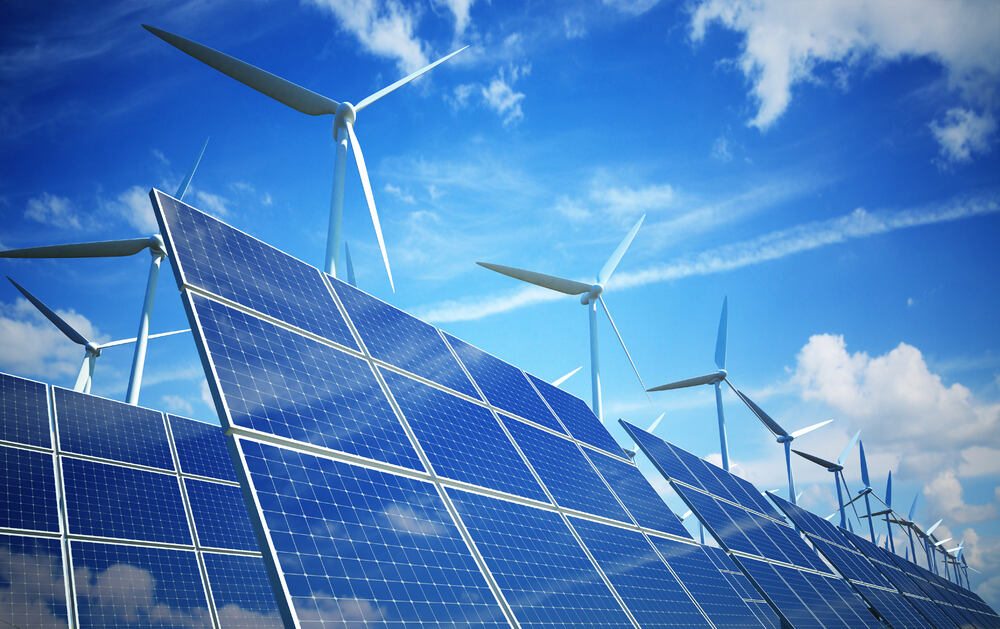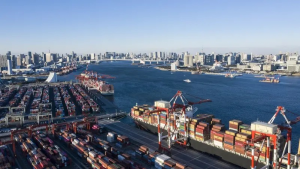Arabic-speaking countries of the Middle East and North Africa (MENA) expanded their renewable capacity by 57% since May 2022 to 19 gigawatts (GW), but still need twenty times that amount to replace current gas-fired generation, according to a new report from Global Energy Monitor.
The MENA region has brought 6.9 GW of large utility-scale solar and wind projects over the past year.
However, oil and gas power plants still provide over 90% of electricity within the region, which would need roughly 500 GW of additional solar and wind capacity to match the amount of power generated by oil and gas.
Positive signs indicate that the renewable energy transition is on the horizon, with an additional 9 GW of renewable energy already under construction and set to be completed by the end of 2024, the report showed.
The current growth rate will continue if those projects are realized in time, according to the San Francisco-based non-governmental organization.
The MENA region raised its prospective utility-scale solar and wind by an incredible 292 GW, a growth of more than 400% over the 68 GW of prospective projects identified last year and more than the combined capacity in the US and Canada.
The UAE, Oman, and Morocco emerge as potential leaders in renewable energy within the MENA region, the report showed, thanks to the number of their commissioned large-scale solar and wind projects, project capacities, and ambitious renewable energy targets.
The UAE, the host country for the 28th Conference of the Parties (COP28), saw the largest overall gains by far, topping the regional race by bringing 3 GW of utility-scale solar projects online.
Oman also achieved sizable gains by adding over 1 GW of operational utility-scale solar capacity in the past year, and Qatar went from zero to 800 megawatts (MW) by completing the Al Kharsaah project.
Egypt and Jordan have also shown commitment to developing renewable energy infrastructure.
Other countries are taking steps towards diversification. Libya is exploring the possibility of renewable energy exports to Europe through its 25-gigawatt project.
Despite strong wind potential in nearly every nation of the region, only Mauritania and Morocco have grown their operating wind fleet since May 2022 by bringing a combined 226 MW online —a regional annual growth of only 5%.
Iraq, Kuwait, Libya, Oman, Qatar, and Saudi Arabia still derive over a quarter of their GDP from oil and gas extraction. This dependence on fossil fuels poses economic challenges if the world moves away from them, the report showed.











